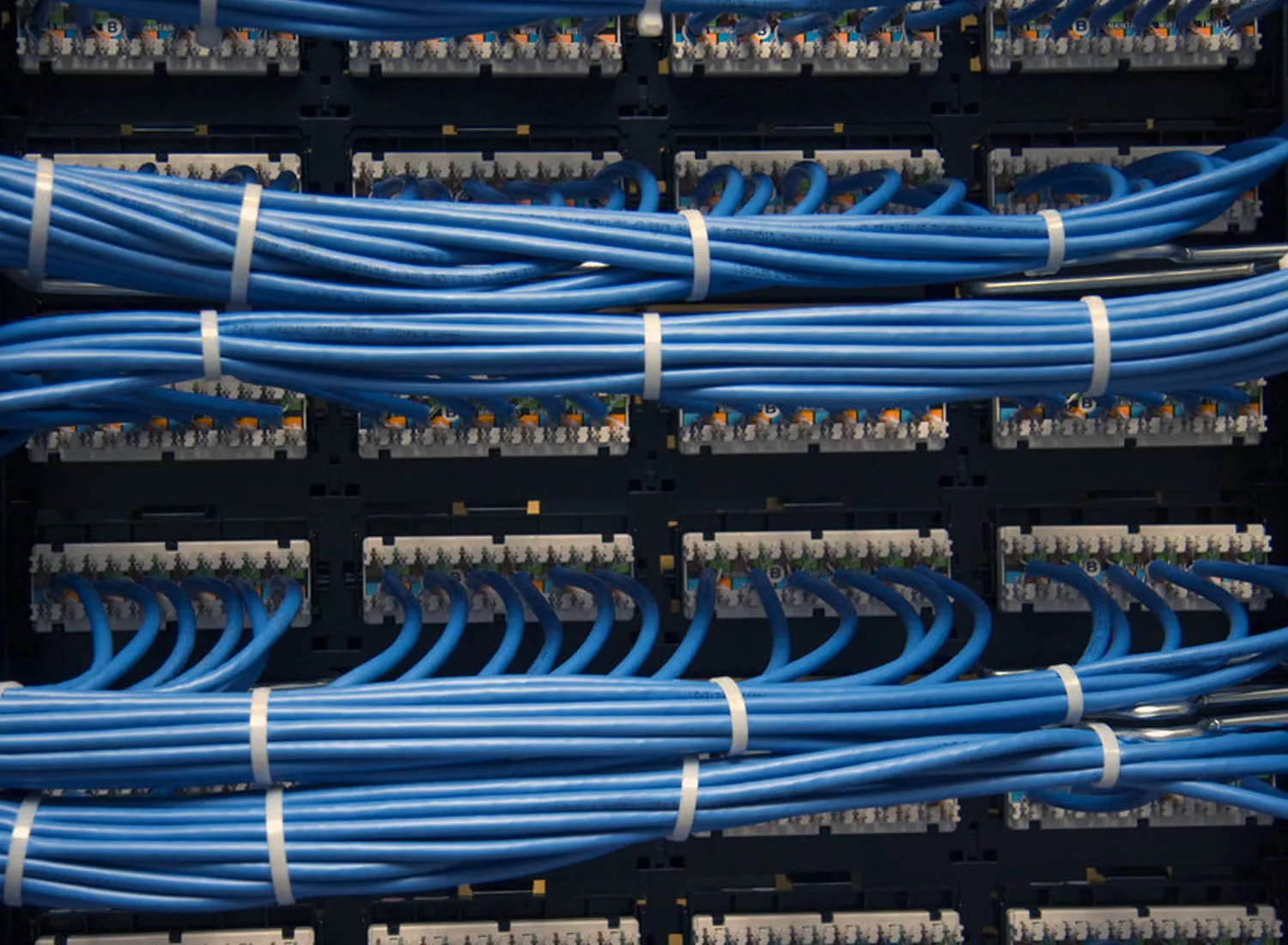Technologies for Monitoring and Reducing Energy Use in Businesses
In an era where energy efficiency and sustainability are top priorities for companies worldwide, implementing Energy Management Systems (EMS) is a crucial strategy for optimizing energy consumption. These systems not only help reduce operational costs but also improve the company’s environmental sustainability. In this article, we will explore the technologies used in Energy Management Systems and how they can be implemented to monitor and reduce energy use in businesses.
What is an Energy Management System (EMS)?
An Energy Management System (EMS) is a technology platform that enables companies to monitor, control, and optimize their energy use. These systems integrate various tools and technologies to collect data on energy consumption, analyze it, and provide recommendations on how to improve energy efficiency.
Benefits of Implementing an EMS
1. Reduction of Energy Costs
One of the main benefits of implementing an EMS is the reduction of energy costs. By constantly monitoring consumption, companies can identify waste and inefficiencies, taking corrective measures to reduce energy use.
2. Improved Operational Efficiency
An EMS allows for the optimization of energy resources, enhancing overall operational efficiency. This can lead to increased productivity and competitiveness in the market.
3. Environmental Sustainability
Reducing energy consumption also means reducing the environmental impact. Companies that implement an EMS contribute to environmental sustainability by reducing greenhouse gas emissions and promoting the responsible use of natural resources.
4. Compliance with Regulations
Many countries have introduced stringent regulations regarding energy efficiency and sustainability. Implementing an EMS helps companies comply with these regulations, avoiding potential penalties and improving their corporate reputation.
Technologies Used in Energy Management Systems
1. Sensors and Monitoring Devices
Sensors and monitoring devices are essential for collecting accurate data on energy consumption. These devices can be installed on various company appliances and systems, monitoring real-time energy use.
2. Data Analysis Software
Data analysis software is a key component of an EMS. This software analyzes the data collected by sensors, identifying consumption patterns and inefficiencies. The analyses provide valuable insights on how to optimize energy use.
3. Automation and Control
Automation and control technologies enable the automatic regulation of energy use based on business needs. For example, lighting and heating systems can be programmed to operate only when necessary, reducing unnecessary consumption.
4. IoT Platforms
Internet of Things (IoT) platforms integrate various company devices and systems, creating an intelligent network that allows for more efficient energy management. These platforms facilitate communication between devices, improving the monitoring and control of energy consumption.
Implementing an Energy Management System
1. Assessing Energy Needs
The first step in implementing an EMS is assessing the company’s energy needs. This involves a detailed analysis of current energy consumption, identifying major sources of consumption and areas of inefficiency.
2. Selecting Appropriate Technologies
Once the energy needs are assessed, it is important to select the appropriate technologies to monitor and manage consumption. This may include sensors, data analysis software, automation systems, and IoT platforms.
3. Installation and Integration
The next step is to install and integrate the selected technologies into the various company systems. This may require collaboration with industry experts and technology solution providers.
4. Staff Training
To ensure effective use of the EMS, it is essential to train company staff. The training should cover the use of monitoring and control technologies, as well as best practices for energy efficiency.
5. Continuous Monitoring and Improvement
Implementing an EMS is not a static process. It is important to continuously monitor energy consumption and make improvements based on the collected data. This allows for maintaining energy efficiency over time, adapting to new business and technological needs.
Implementing Energy Management Systems (EMS) is an essential strategy for companies that want to optimize energy consumption and improve environmental sustainability. Through the use of advanced technologies such as sensors, data analysis software, and IoT platforms, companies can effectively monitor and reduce energy use, enhancing operational efficiency and reducing costs. In an increasingly demanding economic and environmental context, an EMS is not just a competitive advantage but a necessity for long-term success.







